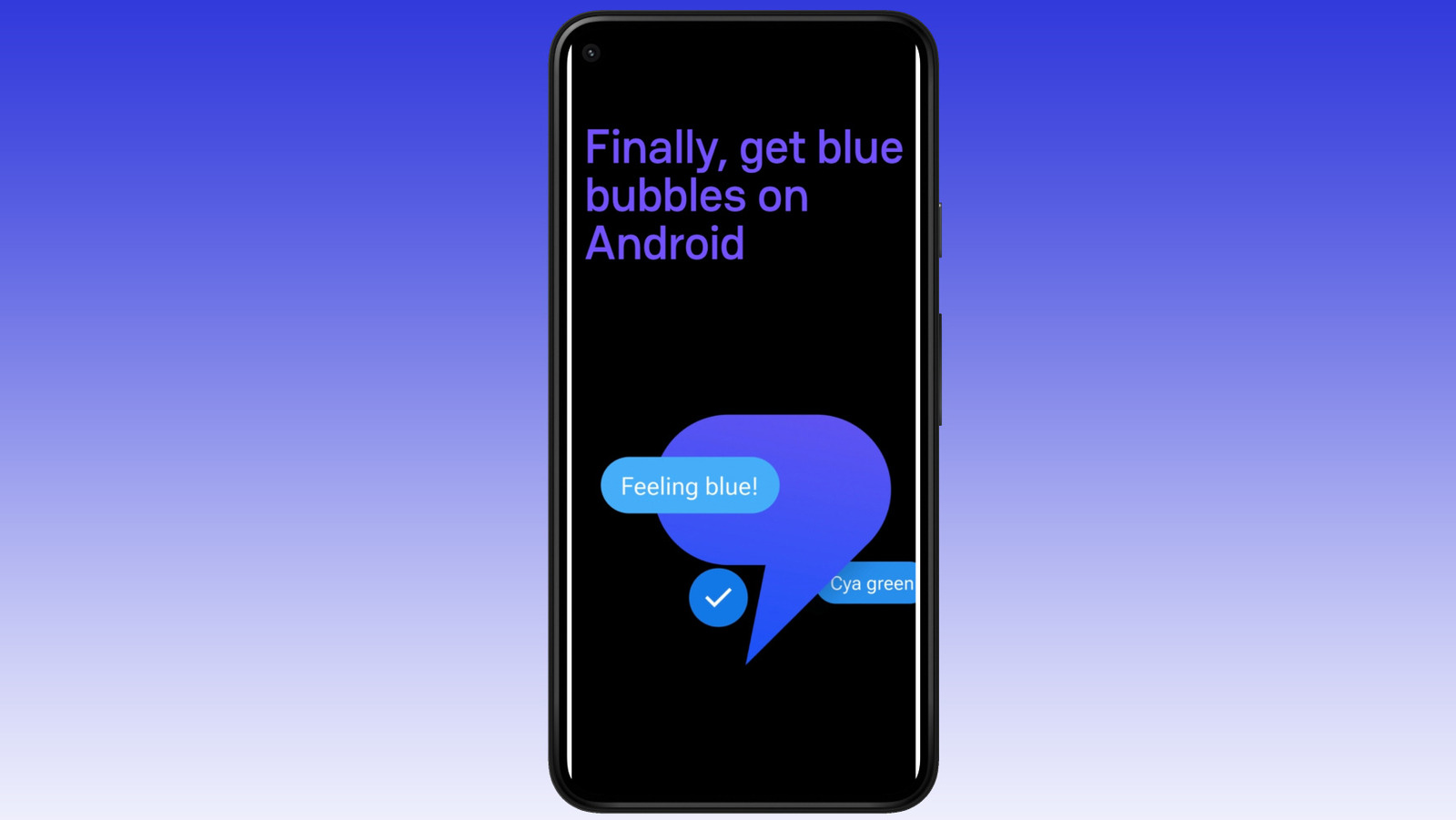
Beeper Mini’s beginnings are rather extraordinary. Now, Beeper arrived on the scene earlier this year, offering a way to cluster all your messaging apps — such as WhatsApp, iMessage, Slack, and Telegram — in one place. The 15-chats-1-app formula was pretty darn lucrative in itself. Then, in August, a high-schooler going by the alias JJTech arrived on GitHub claiming to have reverse-engineered iMessage. They subsequently reached out to Migicovsky with their pitch for a Mac-free, open-source implementation of iMessage called pypush. As unbelievable as it seemed, Migicovsky was sold on the idea, and JJTech promptly handed over the reins to the folks over at Beeper while still being a part of the project.
So began the journey of Beeper Mini. As mentioned above, Beeper Mini doesn’t rely on a system of Mac relays to trick Apple servers into believing that a message is originating from an Apple device. Instead, it relies on the very foundations of an Apple system that dictates push notifications. The company calls it Apple Push Notification Service (APNs). It is bidirectional and handles the delivery chain for iMessage. After latching on to the APN link, pypush proceeds with the registration process, where Apple requires validation data, which essentially asks for proof that an iMessage token inquire originated on an Apple device.
Pypush relies on a similar device serial identifier format as tools admire Hackintosh, which means the identifiers are legitimate and validation is without any shady loopholes. Notably, Beeper Mini also keeps end-to-end encryption intact, a safe way to assure users that they don’t have to worry about security when texting from an Android phone over the iMessage line to achieve an iPhone user—a detailed breakdown of how all that transpires can be found here.

